Vincent van Gogh, a post-impressionist master, is one of history’s most influential artists and a favorite of many, including myself.
Vincent van Gogh is known for his innovative use of color and unique brushstrokes; he had an uncanny ability to capture the essence of everyday life in his art. While his works inspire anyone who has ever picked up a paintbrush, his life was a complex tapestry of emotional turmoil, filled with heartache and sorrow. His legacy is a powerful reminder of how beauty and pain coexist, giving us masterpieces that have stood the test of time.
Table of Contents
Vincent Van Gogh Biography – The Life Of A Great Artist
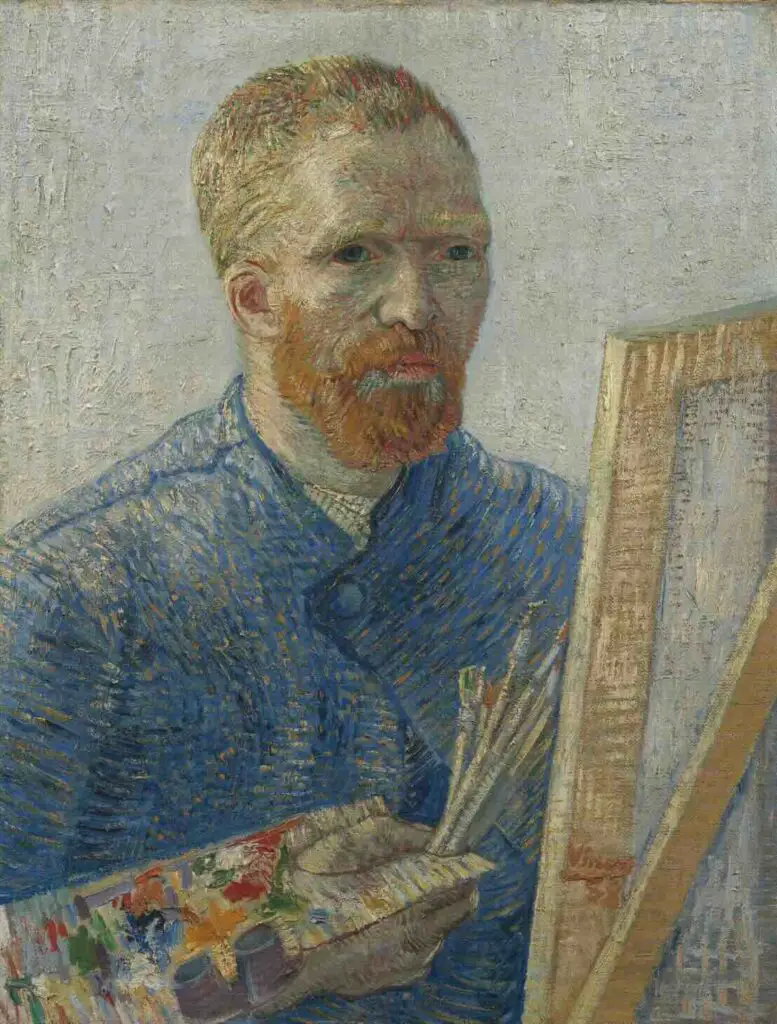
Vincent Van Gogh, born on March 30, 1853, in Groot Zundert, North Brabant, Netherlands, is an artist who has seized the imaginations and hearts of people for more than a century. His work, largely unappreciated during his lifetime, has become some of the world’s most valuable and revered art.
Early Years: A Troubled Soul With A Calling
From an early age, Vincent exhibited signs of a moody and agitated temperament that would become a defining characteristic throughout his life. The son of a Protestant pastor, Van Gogh initially veered towards spiritual pursuits.
He moved to London to serve as a preacher and later turned his attention to the theological studies that took him to the mining districts of Borinage in Belgium.
In Borinage, Van Gogh became deeply sympathetic to miners’ struggles, who lived in pitiful conditions. His early drawings and paintings from this period are imbued with darkness, not just a reflection of the grim lives of his subjects but also a manifestation of his internal emotional state.

Van Gogh And Parisian Transformation: The Awakening Of Color
In 1886, Van Gogh relocated to Paris, where he lived with his supportive brother, Theo. Theo ran a small art gallery and introduced Vincent to the avant-garde artists of the time. Here, Van Gogh’s palette underwent a radical transformation.
The gloomy hues that dominated his earlier work gave way to brighter, livelier colors influenced by Impressionists like Monet and Japanese Ukiyo-e prints.
Van Gogh And The Sun-Drenched Canvases Of Provence
1888 marked another pivotal point in Van Gogh’s life when he moved to Arles in the South of France. Inspired by the luminous southern light, Van Gogh created some of his most iconic works. The swirling skies in “The Starry Night” and the comforting interiors of “Bedroom in Arles” emerged from this period.
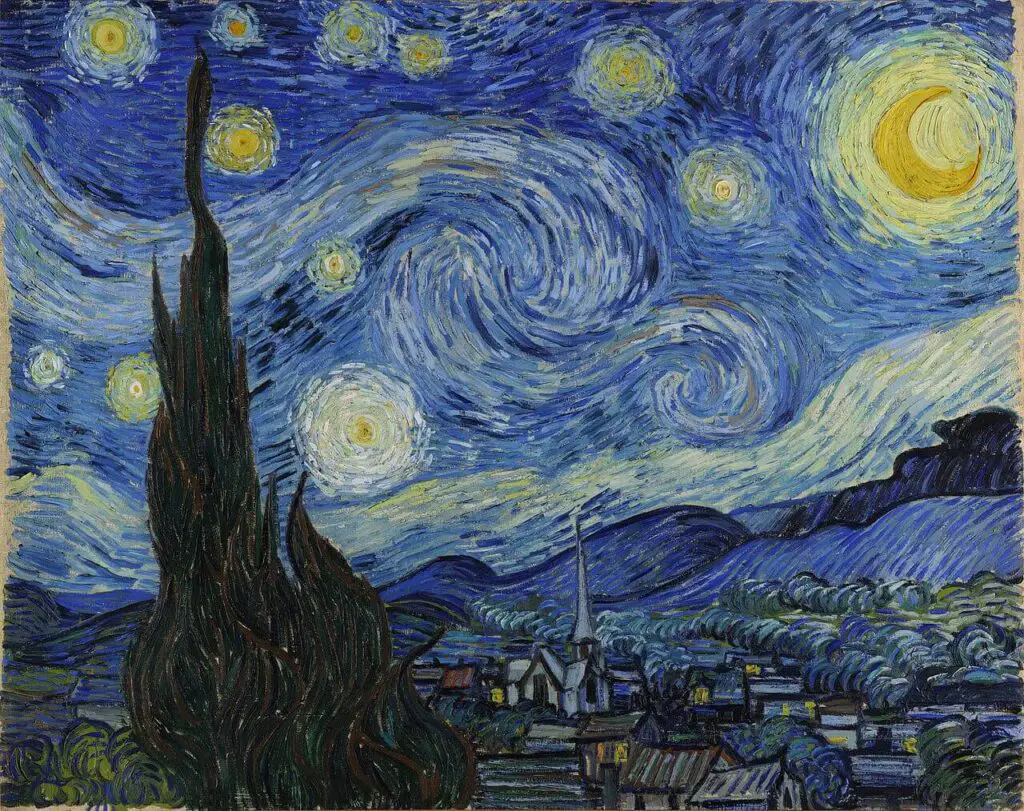
In a whirlwind of creative energy, he persuaded Paul Gauguin, a fellow artist he had met in Paris, to join him in Arles. While their time together led to some outstanding art, it was fraught with tensions that would lead to one of the most infamous episodes in art history.
The Gauguin Episode And Emotional Descent
Gauguin’s arrival initially inspired Van Gogh, but their creative synergy soon turned sour. The tensions came to a head in a dramatic episode wherein Vincent threatened Gauguin with a razor and later cut off part of his ear.
This act marked the beginning of Van Gogh’s downward spiral into severe mental health issues. A few months after the altercation, he checked himself into the asylum at Saint-Rémy-de-Provence, where he would paint some of his most soul-stirring works.
Final Days: A Blaze Of Glory And Despair
Vincent left the asylum in May 1890 and moved to Auvers-sur-Oise, near Paris, under Dr. Paul Gachet, a homeopathic doctor known for treating artists.
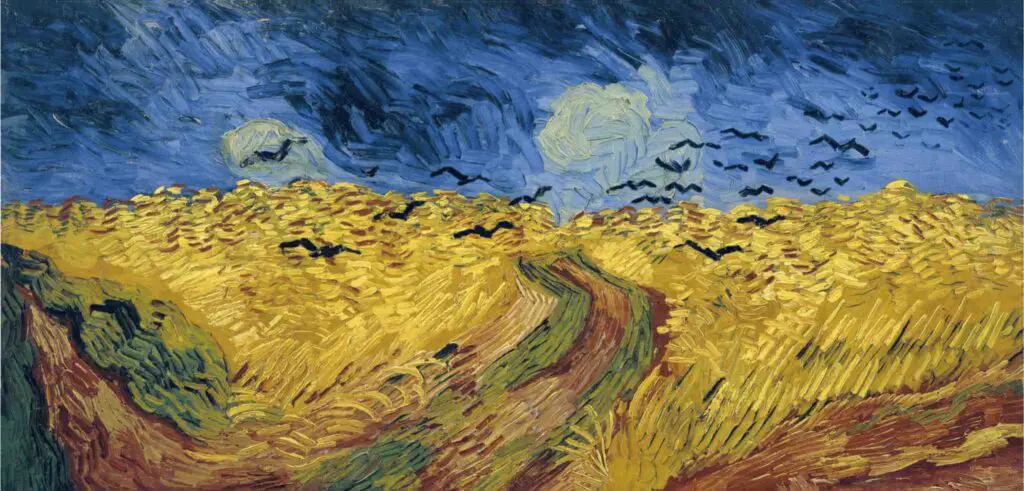
Here, Van Gogh would produce a prolific amount of work, including the haunting “Wheatfield with Crows” and the poignant “Portrait of Dr. Gachet.” Despite his productive period, Vincent was mentally unraveling. Tragically, he took his own life on July 29, 1890, at 37.
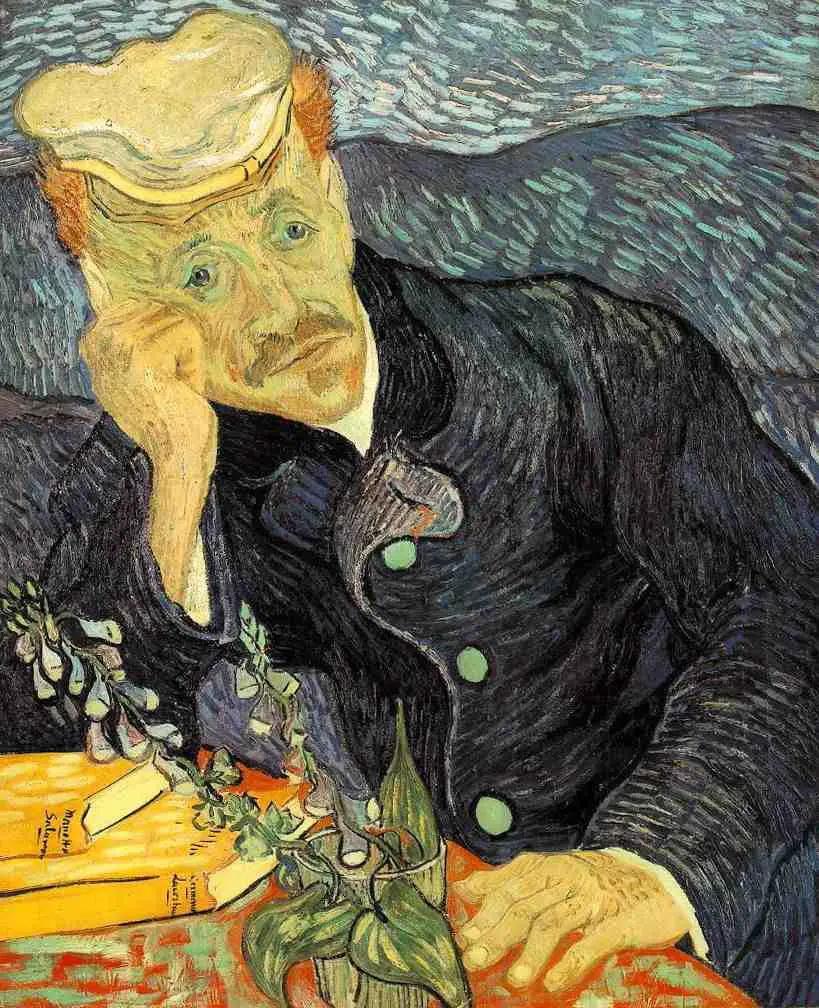
Legacy: The Immortal Masterpieces
Van Gogh’s work from 1888 to his death in 1890 can be seen as a manifestation of his genius and torment.

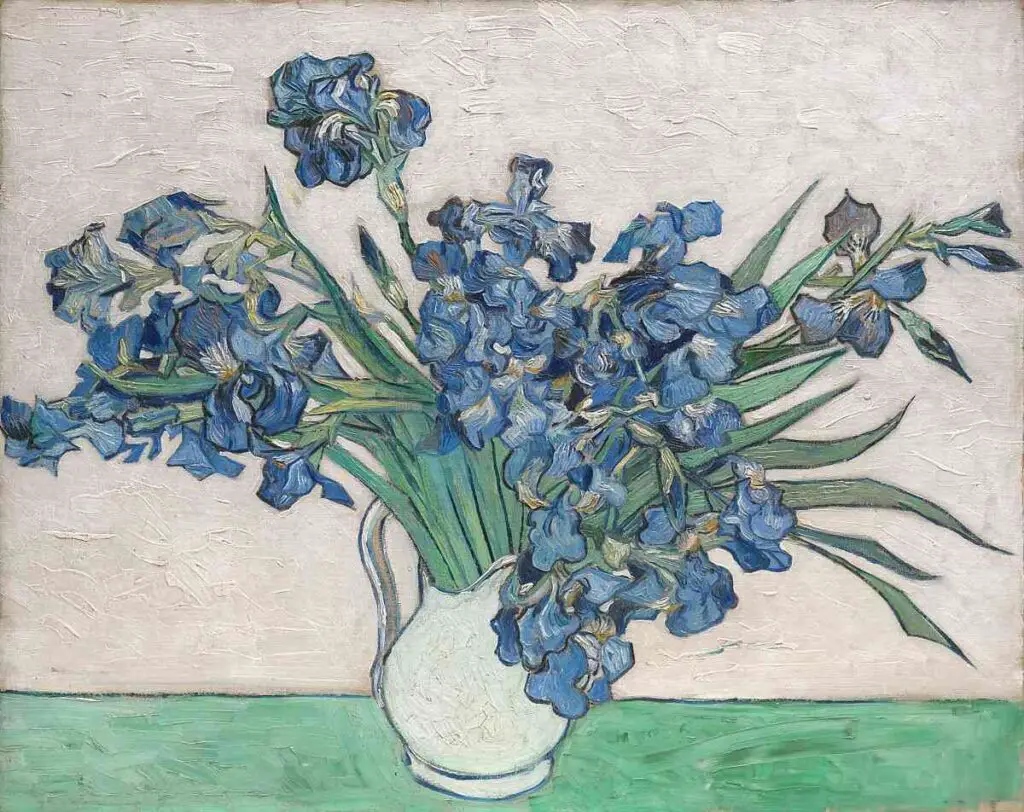
The period yielded remarkable pieces, ranging from “Sunflowers” and “Irises” to his Japanese-inspired “Almond Blossoms” and portraits like “La Mousmé” and “L’Arlésienne: Madame Ginoux.”
His masterpieces reveal a view from a unique vantage point, incorporating his life, struggles, and historical context into the visual narrative. This ability to merge the profoundly personal with the universal human makes Van Gogh a figure of enduring fascination and an artist of eternal relevance.
Vincent Van Gogh lived a life of turmoil, marked by bouts of depression and manic episodes. Yet, his work exhibits an extraordinary capacity to capture the beauty, color, and emotion of the world around him.
Though largely unrecognized during his lifetime, he has posthumously become a cornerstone of modern art. His life, filled with passion, despair, and a desperate quest for understanding, resonates in each stroke of his brush, making him a genuinely immortal artist in the annals of history.
Anita Louise Art is dedicated to art education, great artists, and inspiring others to find and create their art. We love art that uplifts and inspires. #ArtToMakeYouSmile! #ArtToMakeYouHappy!
If you want to see any of my art, you can find out more by clicking here. If you are interested in what inspires me and my paintings, you can discover more by clicking here.
We have a free newsletter and would love you to be part of our community; you can subscribe to the newsletter by clicking here. If you have any questions, I would be happy to talk to you anytime. You can reach me, Anita, by clicking here.
Subscribe to our Anita Louise Art YouTube Channel with great videos and information by clicking here.
Join us for our podcast “5 Minutes With Art.” Spend just 5 minutes a week with us to discover and learn about great art and artists. You can find out more about our podcast by clicking here.
Related Questions
Vincent Van Gogh – Wheat Field With Cypresses – 1889
Among the subjects he cherished painting, cypress trees held a special place. One such masterpiece is “Wheatfield with Cypresses.” During this period of his artistic journey, Van Gogh’s fascination with these trees was palpable. As we delve deeper into the realm of cypress trees and Van Gogh’s paintings, we uncover a captivating narrative that adds to the rich tapestry of his artistic exploration.
By clicking here, you can learn more by reading Vincent Van Gogh – Wheat Field With Cypresses – 1889.
Vincent Van Gogh’s Orchard In Blossom – 1889
Some of my favorite paintings he produced are his Blossom paintings, including The Orchard in Blossom. Read on as we explore the extraordinary masterpiece “Orchard in Blossom” and unveil the enduring allure of Van Gogh’s artistic legacy, which continues to captivate audiences across the globe.
By clicking here, you can learn more by reading Vincent Van Gogh’s Orchard In Blossom – 1889.
Vincent Van Gogh, The Sowers – 1888
Vincent Van Gogh’s “The Sower,” created during the autumn of 1888, stands as a captivating masterpiece that provides insight into the artist’s enduring fascination with the subject of sowers. This iconic artwork transcends the mere portrayal of a rural scene, profoundly exploring emotion, imagination, and the transformative potency of color.
By clicking here, you can learn more by reading Vincent Van Gogh, The Sowers – 1888.


